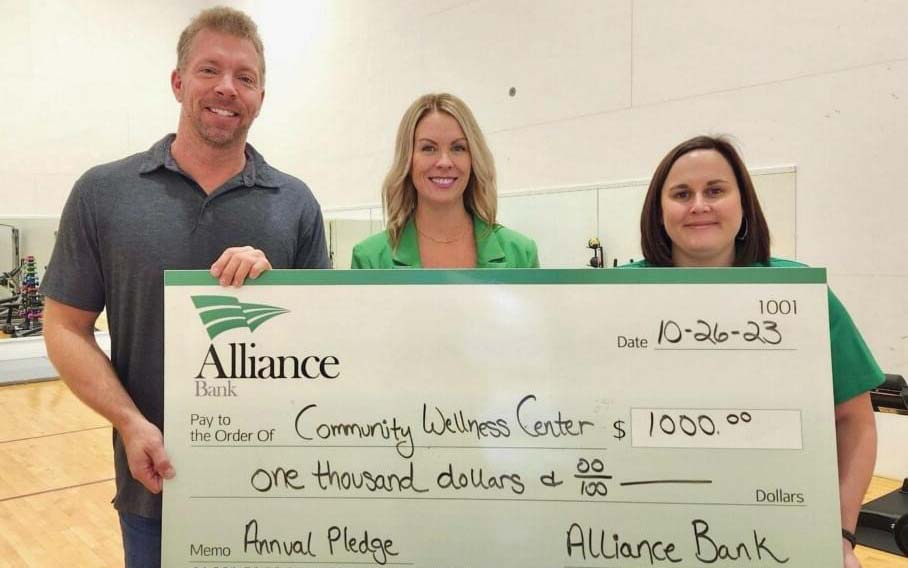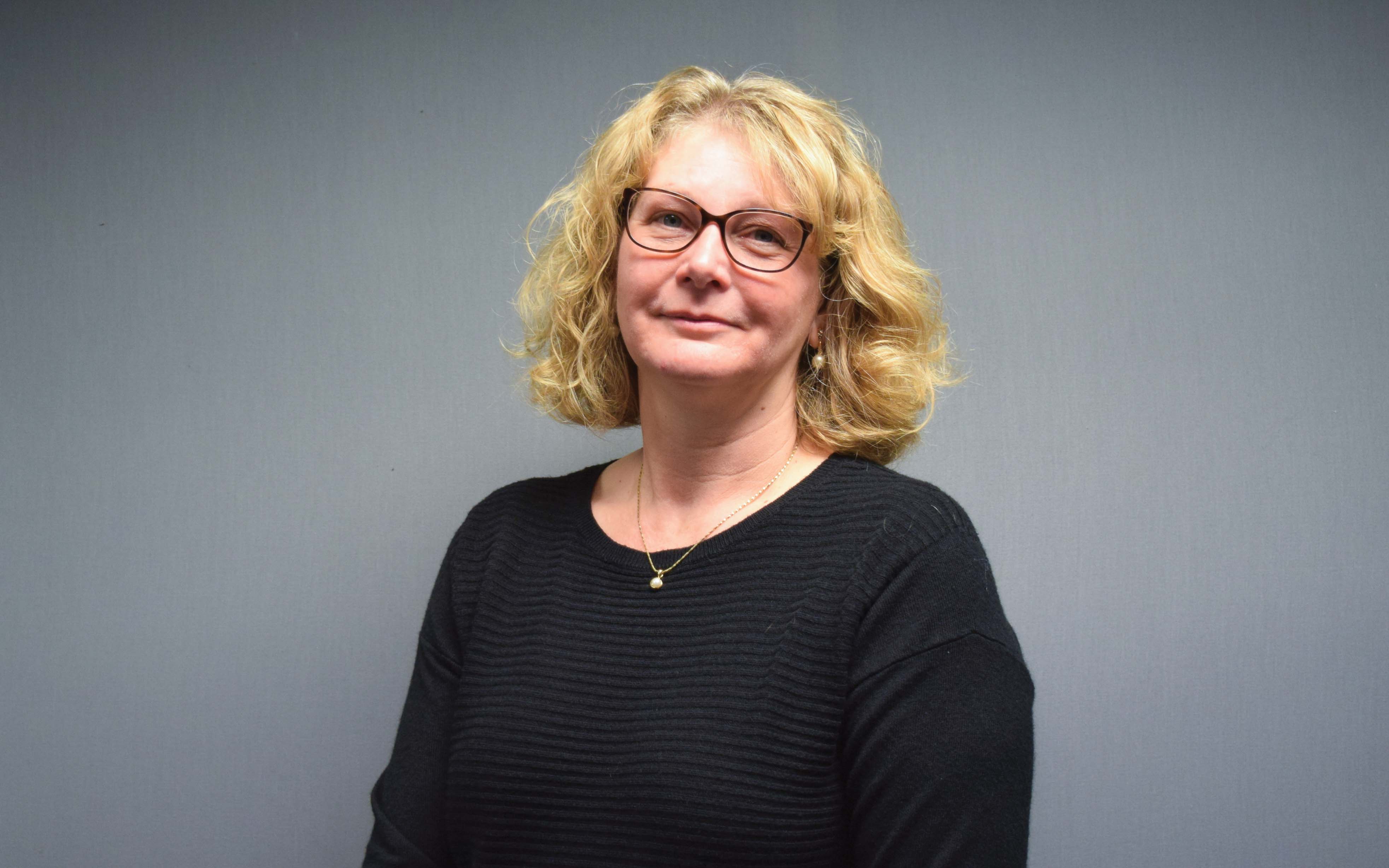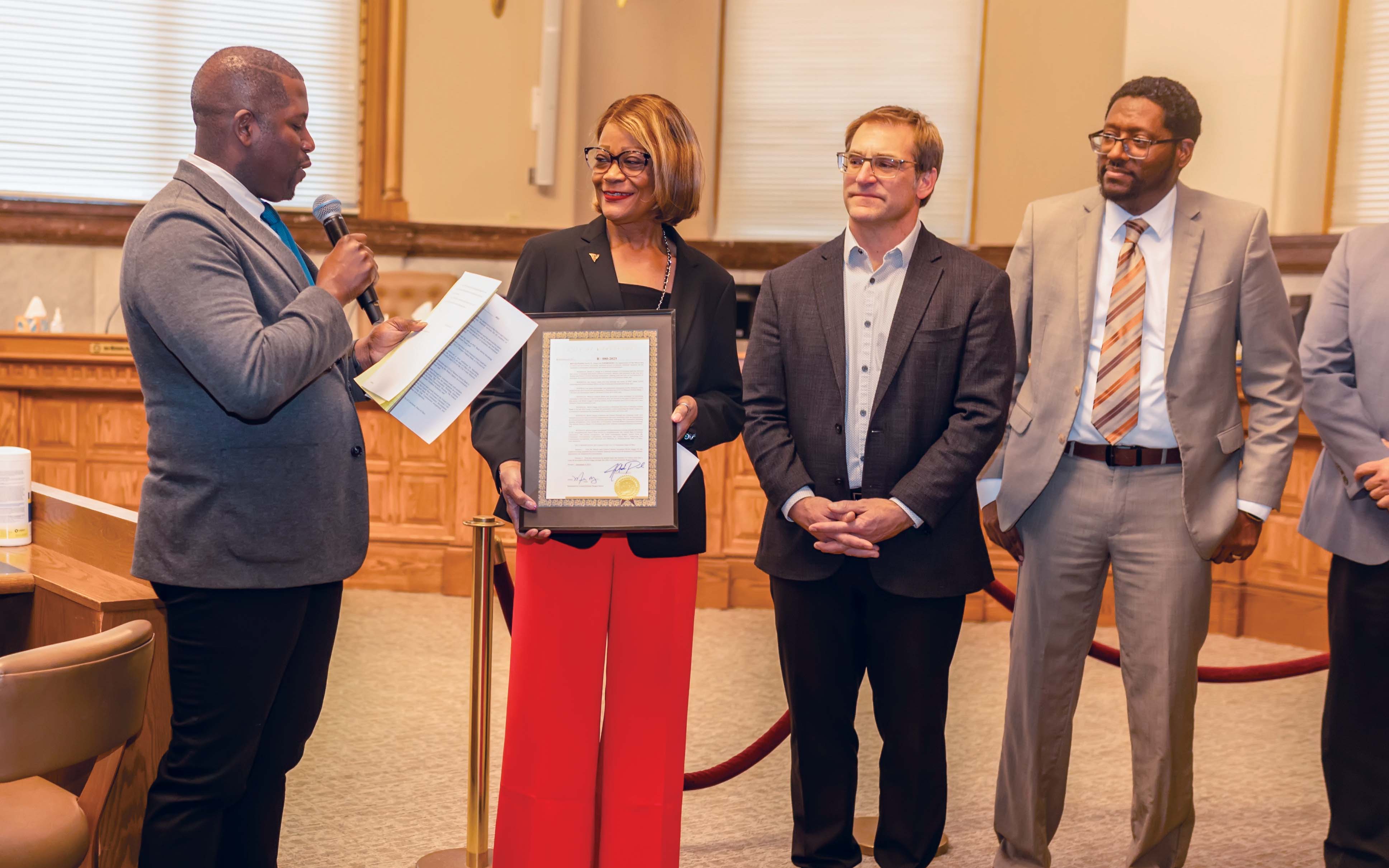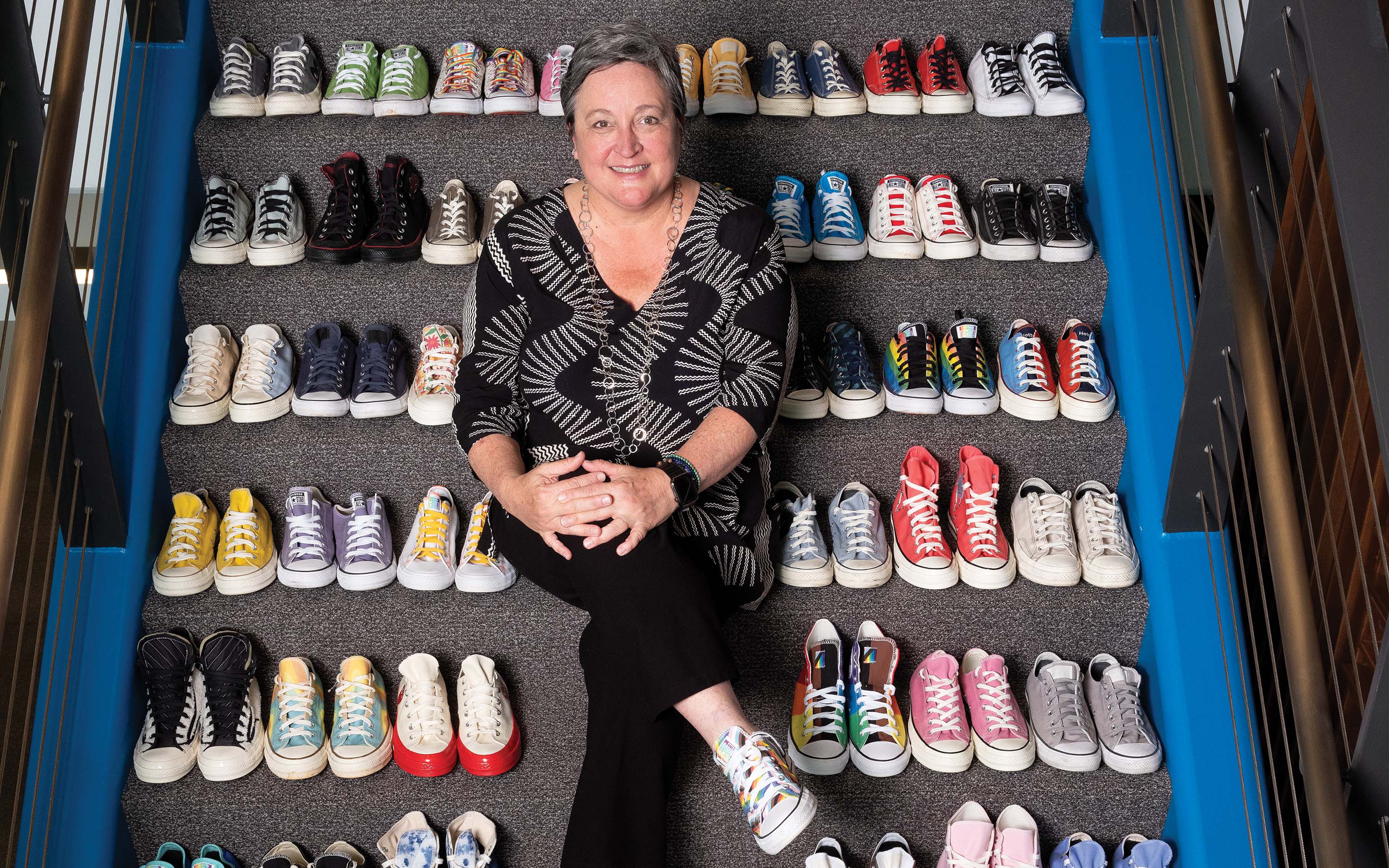7 Strategies for Raising Bank Deposits
Community banks must maintain a competitive edge to stay on top of their deposits.

Independent Banker Wins 2023 Content Marketing Award
ICBA Independent Banker has been named a 2023 Content Marketing Awards winner in the “association publication” category. The Content Marketing Awards is the largest international content marketing awards program, recognizing and awarding the best content marketing projects, agencies and marketers in the industry each year.
Main Street Matters Blogs
‘Pig butchering’ links to crypto demand policy response
‘Pig butchering’ crypto scams a growing concern

Be the first to know about the latest issue!
Sign up for Independent Banker eNews to receive twice-monthly emails that alert you when a new issue drops and highlight must-read content you might have missed.

Read the Digital Edition
- Meet the 2024/25 ICBA board of directors
- How to elevate culture through leadership
- Community bank customers' success stories
Latest Insights
Payments & Tech
Q&A: Is it Time to Change Your Community Bank Core?
What questions do community banks need to ask to ensure they’re getting the most out of their core? We spoke to experts on when you should consider a change, the timeline, the importance of provider relationships and more.























